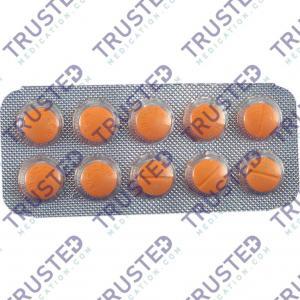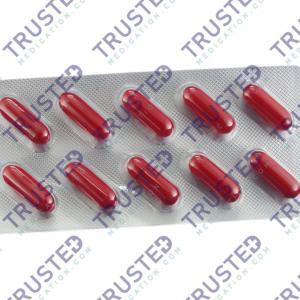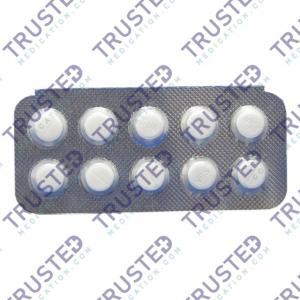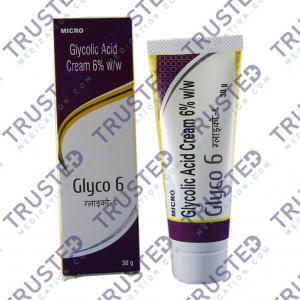
Diabetes insipidus is an uncommon disorder that causes an imbalance of bodily fluids. While the terms diabetes insipidus and diabetes mellitus sound similar, they’re unrelated. There’s no cure for diabetes insipidus. But treatments can relieve your thirst, decrease your urine output, and prevent dehydration.
What Is Diabetes Insipidus?
Diabetes insipidus is a rare disorder that causes the body to make too much urine. While most people make 1 to 3 quarts of urine a day, people with diabetes insipidus can make up to 20 quarts of urine a day. People with this disorder need to urinate frequently, called polyuria. They may also feel thirsty and drink lots of liquids, a condition called polydipsia.
If you have diabetes insipidus, your body can’t correctly balance fluid levels. The cause depends on the type of diabetes insipidus you have. Types include:
- Central diabetes insipidus
- Nephrogenic diabetes insipidus
- Gestational diabetes insipidus
- Primary polydipsia or also known as dipsogenic diabetes insipidus
Primary polydipsia can be caused by damage to the thirst-regulating mechanism in the hypothalamus. The condition has also been linked to mental illness, such as schizophrenia. Sometimes, there’s no apparent cause of diabetes insipidus. However, in some people, the disorder may result from an autoimmune reaction that causes the immune system to damage the cells that make vasopressin.
What Are The Symptoms?
Symptoms include:
- Severe thirst
- Peeing more than 3 litres a day
- Getting up to go a lot at night
- Peeing during sleep
- Pale, colourless urine
- The low-measured concentration of urine
- Preference for cold drinks
- Dehydration
- Weakness
- Muscle pains
- Crankiness

With dehydration, you might notice the following:
- Extreme thirst: often drinking more than 1 gallon of liquid per day
- Fatigue
- Feeling sluggish
- Dizziness
- Confusion
- Nausea
- Loss of consciousness
Many of the symptoms are similar in younger people. In infants, watch for:
- Crankiness
- Slow growth
- Poor feeding
- Weight loss
- Fever
- Vomiting
In children, signs include:
- Drinking a lot of water
- Peeing often, sometimes every hour
- New bed-wetting or waking during the night to pee
- Dehydration
- Low energy
Tests used to diagnose diabetes insipidus include:
- Water deprivation test. While monitored by a doctor and health care team, you’ll be asked to stop drinking fluids for several hours.
- While fluids are being withheld, your doctor will measure changes in your body weight, urine output, and the concentration of your urine and blood. Your doctor may also measure blood levels of ADH or give you synthetic ADH during this test.
- Magnetic Resonance Imaging (MRI). An MRI can look for abnormalities in or near the pituitary gland. It uses a powerful magnetic field and radio waves to construct detailed pictures of brain tissues.
- Genetic screening. If others in your family have had problems with excess urination, your doctor may suggest genetic screening.
What Is The Treatment?
Treatment options depend on the type of diabetes insipidus you have.
- Central diabetes insipidus. If you have mild diabetes insipidus, you may need only to increase your water intake. If an abnormality causes the condition in the pituitary gland or hypothalamus, your doctor will first treat the cause. This form is typically treated with a synthetic hormone called desmopressin (DDAVP, Nocdurna).
- Nephrogenic diabetes insipidus. Since the kidneys don’t appropriately respond to ADH in this form of diabetes insipidus, desmopressin won’t help. Instead, your doctor may prescribe a low-salt diet to reduce the amount of urine your kidneys make. You’ll also need to drink enough water to avoid dehydration.
- Gestational diabetes insipidus. Treatment for most people with gestational diabetes insipidus is synthetic hormone desmopressin.
- Primary polydipsia. There is no specific treatment for this form of diabetes insipidus other than decreasing fluid intake. If the condition is related to a mental illness, treating the mental illness may relieve the diabetes insipidus symptoms.
Medication that can be used if you have diabetes:
- Cyclosporine is an eye drop used for dry eye syndrome in patients with Diabetes Mellitus. It helps patients increase their eyes’ natural ability to produce tears. Dry eye syndrome, also known as keratoconjunctivitis sicca, is common among diabetic patients. Diabetes mellitus is one of the leading causes of dry eye symptoms.








